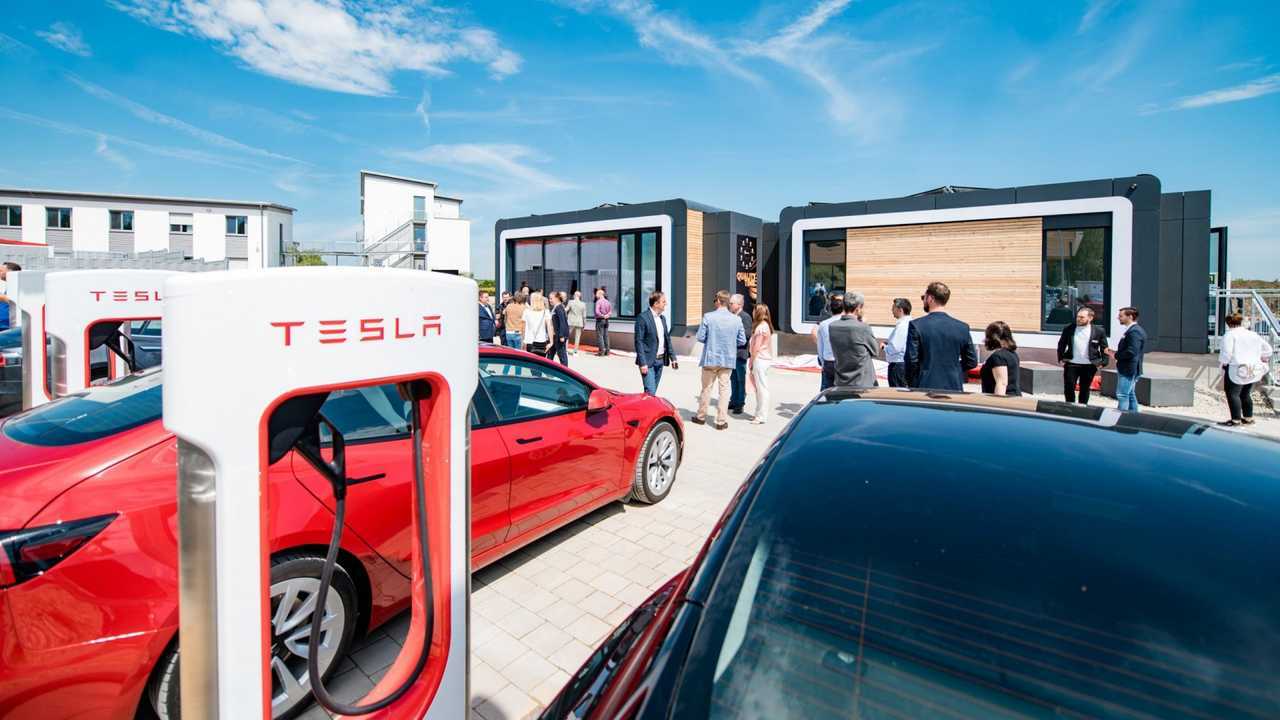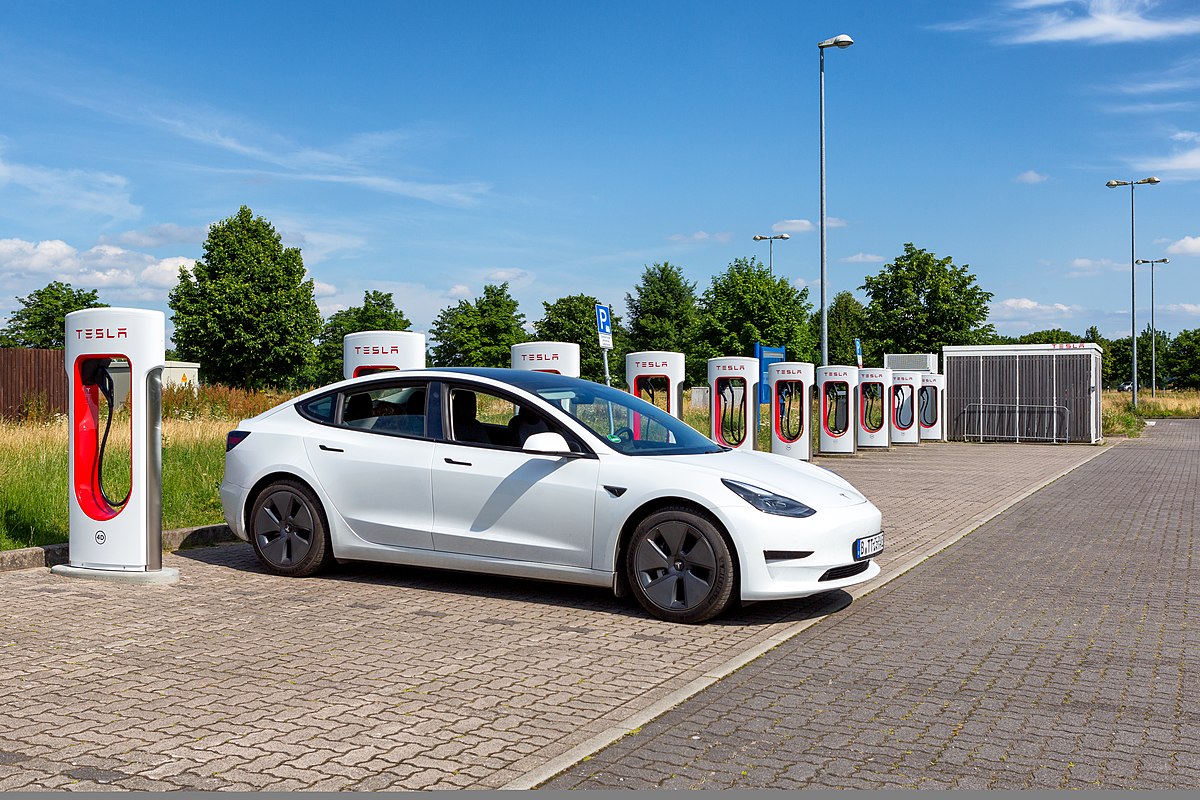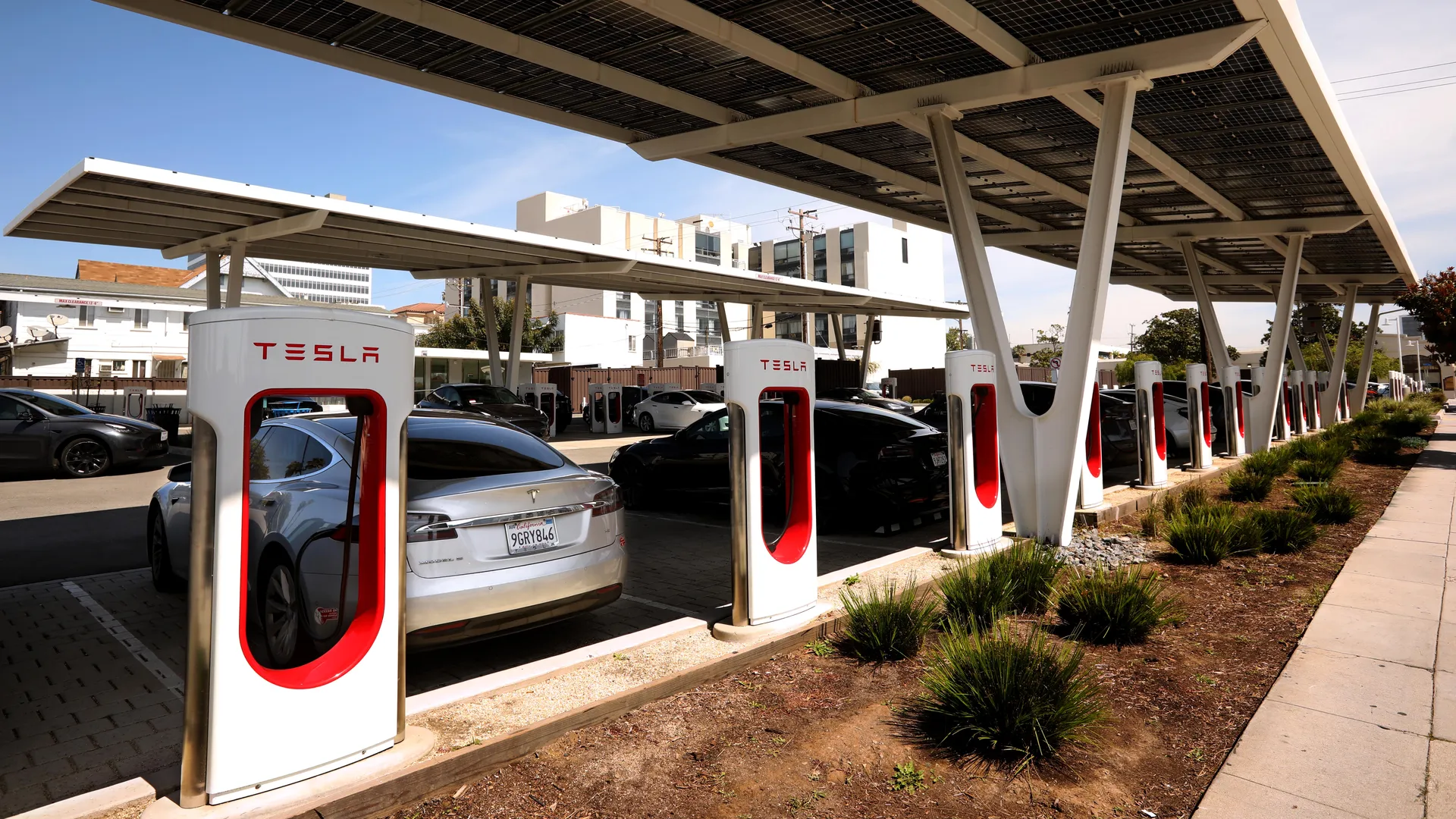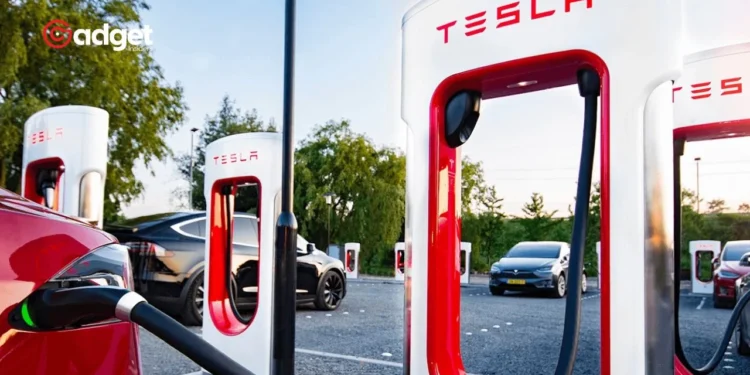In a move that has both industry insiders and electric vehicle enthusiasts reeling, Tesla, under the direction of Elon Musk, has dramatically altered its approach to expanding its Supercharger network. This strategic pivot comes shortly after the company decided to disband its entire Supercharger team, raising questions about the future of its charging infrastructure.

The Abrupt Changes at Tesla
Tesla’s Supercharger network has been a pivotal part of its success story, enabling long-distance travel for Tesla drivers with unprecedented convenience. However, recent developments suggest a sudden shift in the company’s strategy.
The company has reportedly canceled plans for new Supercharger stations in key locations across New York City, including Maspeth, South Bronx, Queens, and Gateway Center, Brooklyn.
These sites were integral to the company’s commitment to alleviate the overcrowding at existing Supercharger stations—a problem exacerbated by a surge in the company’s vehicles operated by Uber drivers, propelled by new incentives aimed at electrifying the city’s ride-sharing fleet.

The Impact of Disbanding the Supercharger Team
Elon Musk’s decision to fire the entire Supercharger team has led to widespread speculation about the rationale behind such a drastic measure.
The team’s dismissal was confirmed by numerous sources and followed by an email from Musk himself, stating that ongoing construction of Supercharger stations would continue, albeit without further details on how this would affect the broader expansion plans.
This lack of clarity has sown uncertainty about the future growth of the critical EV charging network.
We are already beginning to see the consequences that will result from this decision. It has been reported that the brand has withdrawn from four leases for locations that would be used for Superchargers shortly.
By the end of the year, Tesla planned to deploy one hundred additional chargers around New York City. These stations, which were in the advanced stages of preparation to become operational, formed a large element of the EV giant’s strategy to accomplish this goal.
Tesla is already pulling back Supercharger plans after firing team | Electrek https://t.co/LK1D2O4CDe pic.twitter.com/cDbVHbYCeG
— Reg Saddler (@zaibatsu) April 30, 2024
The Market Reacts: Opportunities and Setbacks
Although the setback is unfortunate, there may be a bright side to it. Revel, a business that specializes in electric taxis and charging solutions, has expressed interest in the abandoned sites. The company recognizes the potential of these sites due to their strategic positions and readiness for high-volume charging capabilities.
Yet, the broader implications of the company’s decision are profound. The EV brand had recently triumphed in making the North American Charging Standard (NACS) the new benchmark for EV chargers, a significant win that promised to expand its network influence as other automakers began adopting Tesla’s Supercharger technology.
Now, with the charging team disbanded and expansion plans curtailed, the brand risks losing momentum at a critical juncture, potentially hampering the adoption rate of EVs across North America.

A Puzzling Decision
The decision to fire the Supercharger team is perplexing, especially considering the network’s previous successes and its crucial role in Tesla’s dominance in the electric vehicle market. The Supercharger network was not only a technical triumph but also a key competitive advantage that Tesla held over other automakers.
As Tesla reels from these internal changes, the industry watches closely. The move to dismantle a successful team and pull back on expansion plans could either be a strategic recalibration or a significant misstep. Only time will reveal the true impact of these decisions on Tesla’s future and the broader electric vehicle ecosystem.










